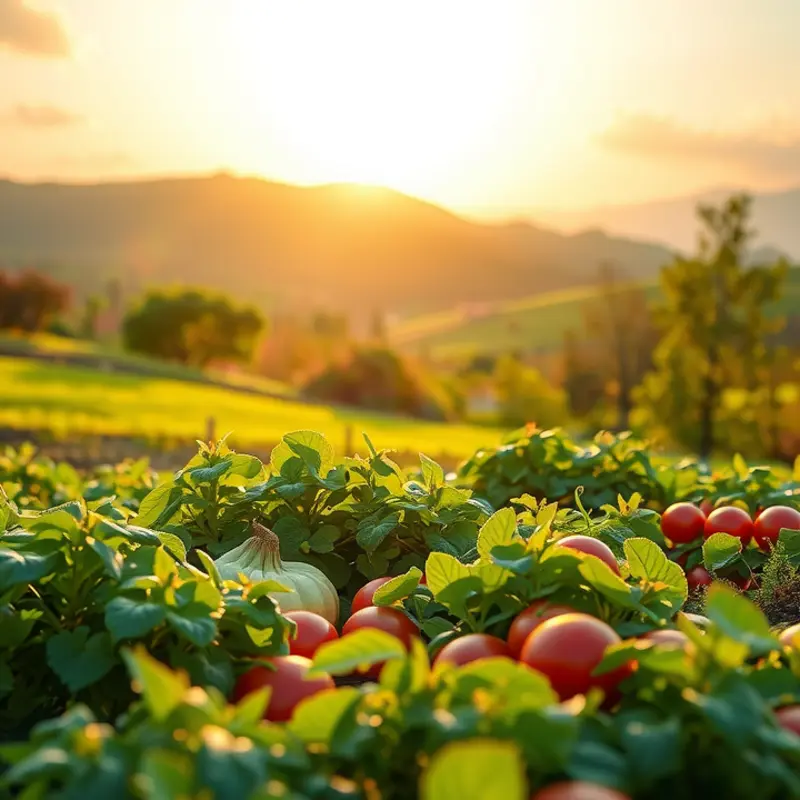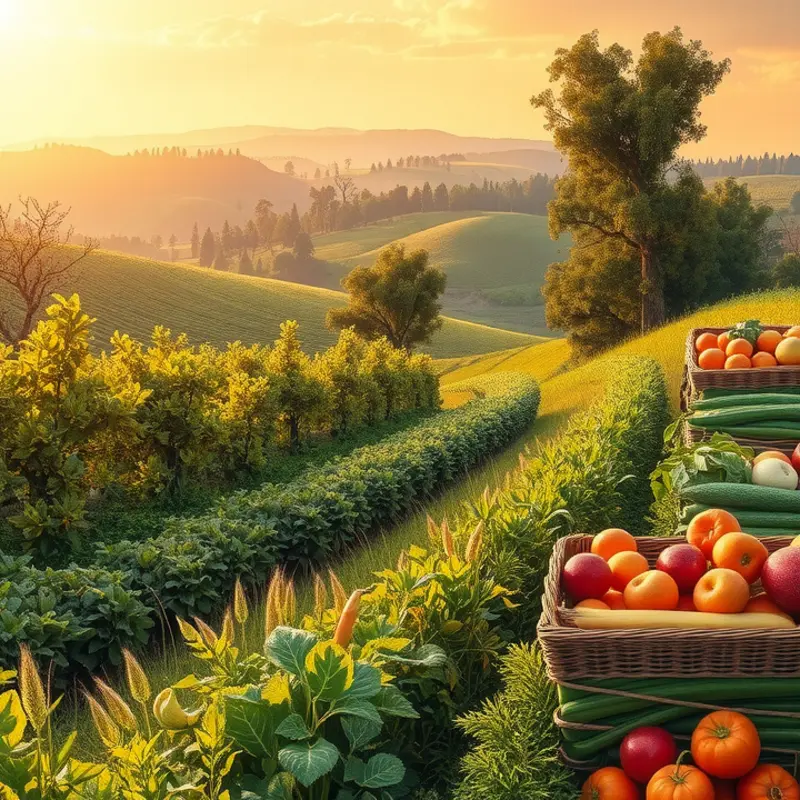Cooking ethically goes beyond just selecting fresh ingredients; it involves making mindful choices that respect our planet. For environmentally-conscious individuals, adopting eco-friendly cooking techniques can significantly reduce our ecological footprint while enjoying delicious meals. By understanding sustainable practices and integrating them into our kitchens, we can contribute to a healthier environment, vibrant ecosystems, and a more connected way of living. Uncover how to make your cooking both green and enjoyable through these practical tips and strategies.
Seasonal and Local Ingredients: The Heart of Sustainable Cooking

Choosing what foods to cook with is at the heart of sustainable culinary practices. Using seasonal and local ingredients offers numerous benefits, both environmentally and for our taste buds. When produce is in season, it grows naturally with minimal human intervention, reducing the need for artificial interventions and thus lowering its carbon footprint. Local sourcing further cuts down on transportation emissions, making these choices key elements of eco-friendly cooking.
The flavor of seasonal ingredients is unparalleled. Fruits and vegetables harvested at their peak offer superior taste and nutrient profiles, transforming even simple dishes into delicious experiences. Consider how robust summer tomatoes can elevate a salad or how autumnal squash enriches a stew. This natural synchronization of seasons with produce enhances the quality of meals and supports healthier eating habits.
By opting for local and seasonal products, we also contribute to local economies and promote community well-being. Supporting regional farmers helps keep local agriculture thriving while fostering a connection between producers and consumers. This relationship strengthens resilience in food systems and helps preserve regional agricultural biodiversity. Farmers’ markets and community-supported agriculture (CSA) programs are great ways to access fresh produce and explore what’s in season each month.
Moreover, using local produce contributes to biodiversity. By opting for varieties unavailable in large-chain supermarkets, we help maintain a wider pool of crops, which is essential for ecological resilience. This choice reduces the impact of monocultures, which can deplete soil nutrients and increase susceptibility to pests and diseases.
To effectively incorporate seasonal foods into your dishes, consider planning meals around what’s available. Investigating seasonal produce calendars can guide your shopping list. Start with simple swaps—replacing more carbon-intensive imported ingredients with those currently in season. For instance, in winter, replace cucumbers and tomatoes with beets and turnips for salads.
Shopping wisely involves visiting places where seasonal choices are available. Farmers’ markets are rich with seasonal picks and offer a direct line to asking vendors about their produce. Planning your meals around farmers’ market schedules can help optimize fresh ingredient availability.
Also, paying attention to proper food storage helps maximize the longevity and flavor of your produce, reducing waste. Insights from resources on eco-smart kitchen storage can help you maintain produce freshness and reduce your environmental footprint.
Changing eating habits to align with the earth’s natural rhythms can transform not only your meals but also deepen your connection to the environment. As consumers increasingly demand sustainable practices, it’s crucial for individuals to lead the charge by selecting local, seasonal ingredients that protect the planet and promote health and flavor.
Waste Not, Want Not: Creative Strategies for Food Preservation

Reducing food waste is a cornerstone of ethical cooking. By focusing on preservation techniques like fermenting, pickling, and canning, we extend the life of our precious resources. Each method not only prevents waste but unlocks new layers of flavor and nutrition.
Fermentation is a time-honored practice that enhances both taste and health benefits. By allowing natural bacteria to process the sugars in food, we create unique, probiotic-rich foods. Think kimchi or sauerkraut. Begin by sterilizing a jar, then pack it with thinly sliced cabbage and seasoning. Allow it to ferment at room temperature, checking for taste every few days. The result is a tangy, gut-friendly addition to many dishes.
Pickling, on the other hand, uses vinegar and spices to preserve produce, offering vibrant flavors and textures. Quick-pickling involves submerging sliced vegetables like cucumbers or carrots in a briny mix. Combine equal parts vinegar and water, salt, and spices of your choice. These pickles add a sharp, crunchy element to meals.
Canning uses heat to preserve fruits and vegetables, sealing out air and bacteria. To can safely, use a water bath or pressure canner, depending on the acidity of the food. This method is perfect for preserving the peak flavors of summer fruits or hearty winter soups.
Another way to combat waste is utilizing kitchen scraps. Leftover vegetable peels and ends can be simmered into flavorful stocks. Rinse the scraps, cover with water, add aromatics like bay leaves, then simmer for an hour. Strain and use as a base for soups or grains.
Composting is an option for scraps that can’t be used in cooking. It enriches soil, giving back nutrients to the earth and supporting a sustainable cycle. Begin composting with vegetable peels, coffee grounds, and other organic matter. Aim for a balance between green waste like food scraps and brown waste like dried leaves or newspaper.
Overripe fruits often end up in the trash when they could star in delightful recipes. Bananas, once brown, transform into a moist banana bread. Simply mash and blend with flour, sugar, eggs, and baking soda before baking. Similarly, soft apples can be turned into applesauce or added into oatmeal for natural sweetness.
For vegetables past their prime, consider a classic “fridge clean-out” soup. Sauté onions and garlic, then add any lingering vegetables. Pour in stock, season, and simmer until everything softens. Puree for a silky texture and serve with herbs.
By embracing these preservation techniques, we reduce waste and increase resilience. Every jar filled, compost heap turned, and soup simmered is a step towards sustainability. To maximize efficiency in storing preserved foods, explore eco-smart kitchen storage. This will help maintain their quality while minimizing storage impacts. By adopting these strategies, we not only honor our ingredients but contribute to a more sustainable future.
Final words
Embracing ethical cooking techniques plays an essential role in fostering a sustainable future for our planet. By sourcing seasonal and local ingredients, we not only enhance our meals but also support local ecosystems and communities. Coupled with creative food preservation methods, every dash of effort leads to meaningful energy savings and waste reduction in our kitchens. Empowered by knowledge, environmentally-conscious individuals can transform their cooking habits into a conscious practice that respects nature, promotes biodiversity, and nurtures our earth. From planning meals with intention to infusing creativity in the kitchen, the power for positive change lies within our hands.








